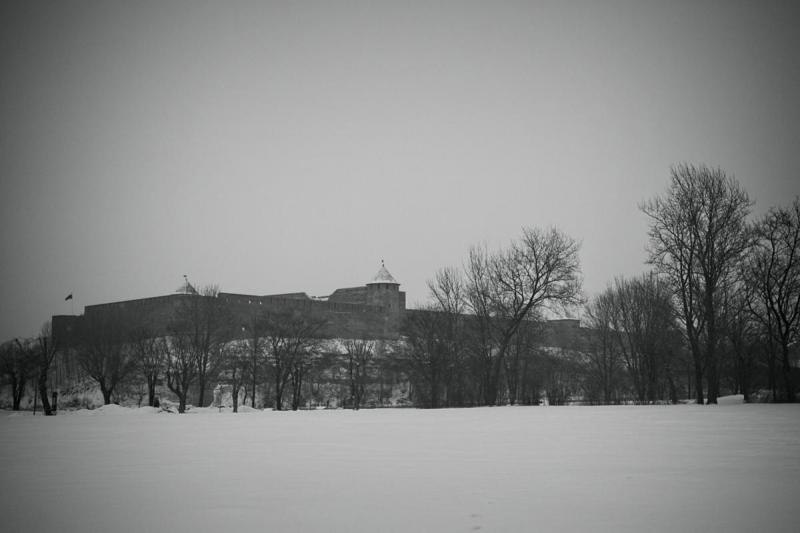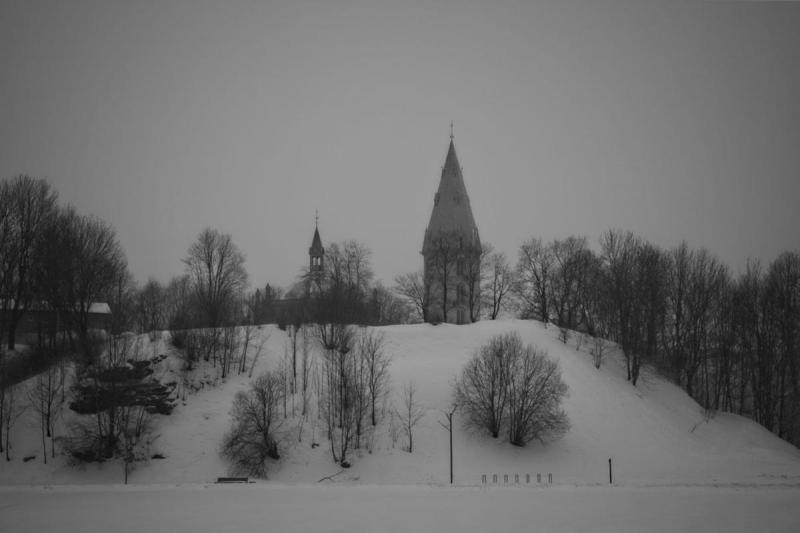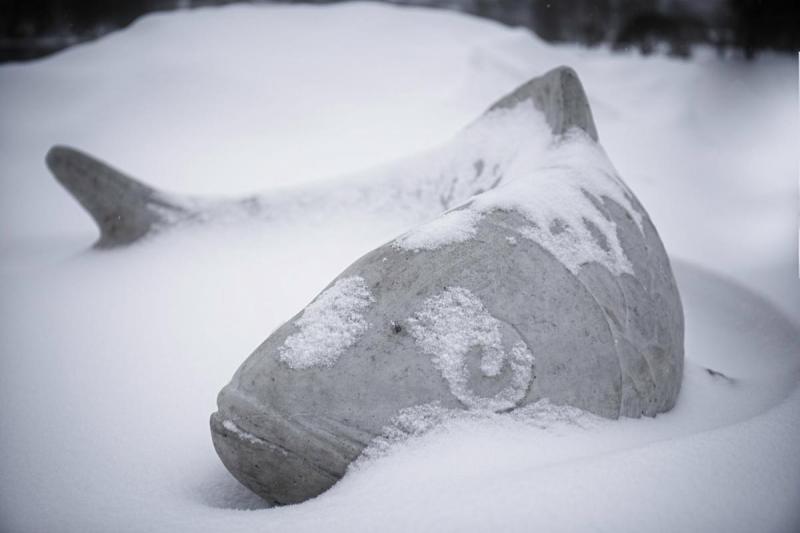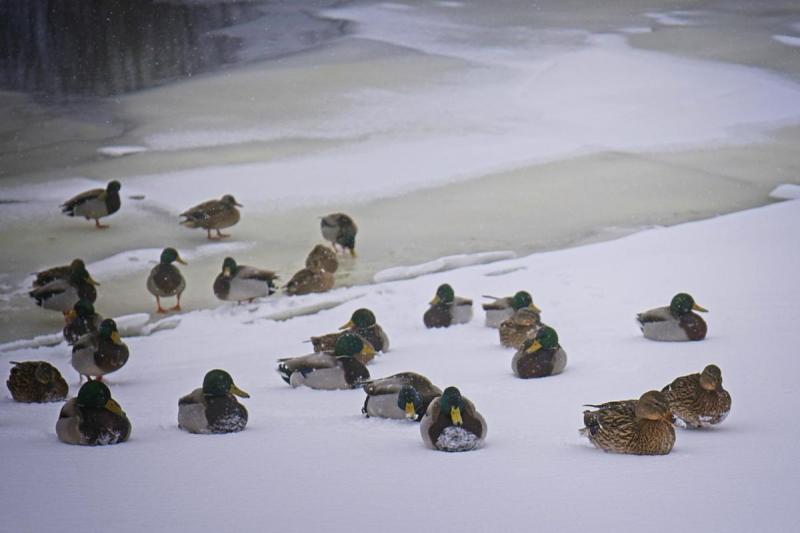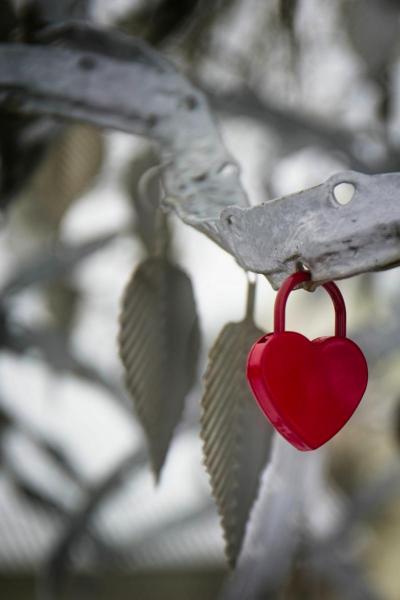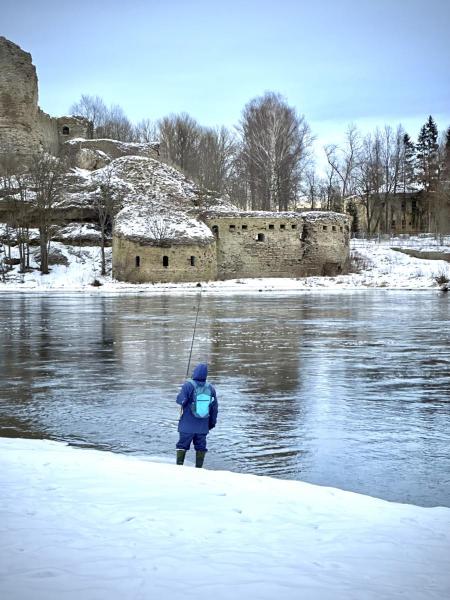
Why Narva?
I received this question a lot. “Why Narva?” It’s not a particularly beautiful city like Tallinn or Tartu. It has an old castle and a budding artist community but that’s really about it. Six and a half years ago in the summer of 2017, Linda and I spent a few days here because I had read about it and wanted to experience it myself. Narva is the third largest city in Estonia located in the northeastern part of the country, separated from Russia by the Narva River. What’s fascinating to me about Narva is that it’s wholly within Estonia yet Estonians comprise only 4% of it’s population. The vast majority, 87.7%, are ethnic Russian. Estonia is roughly 20% Russian so it’s not uncommon to hear Russian being spoken in many places. However, in Narva, Russian is the main language of communication and is spoken by over 98% of the population. While Russian language street signs have been replaced, most advertising is still in Russian, restaurant menus are in Russian and the cashier at the local grocery store will address you with “Здрасьте” instead of the more common “Tere” as in most other parts of Estonia.
Getting There
Getting to Narva from the village we live near is pretty easy – drive to Tallinn, take a right on E20 and follow until it dead ends at the Russian border. Congratulations! You’ve reached your destination. Narva! Although easy and fast, it affords the least amount of interesting scenery. I wanted to take a different route. Something closer to this:

This isn’t the exact route I took but it’s close. I just kept driving east/northeast and eventually I saw signs for Rakvere. I drove through lots of birch and pine forests and tiny villages with snow covered houses hundreds of years old. There are also lots of ruins. Buildings that might have at one time been part of a factory, a manor house or an old fort. The image below shows one such ruin I came across on my winding drive to Narva.
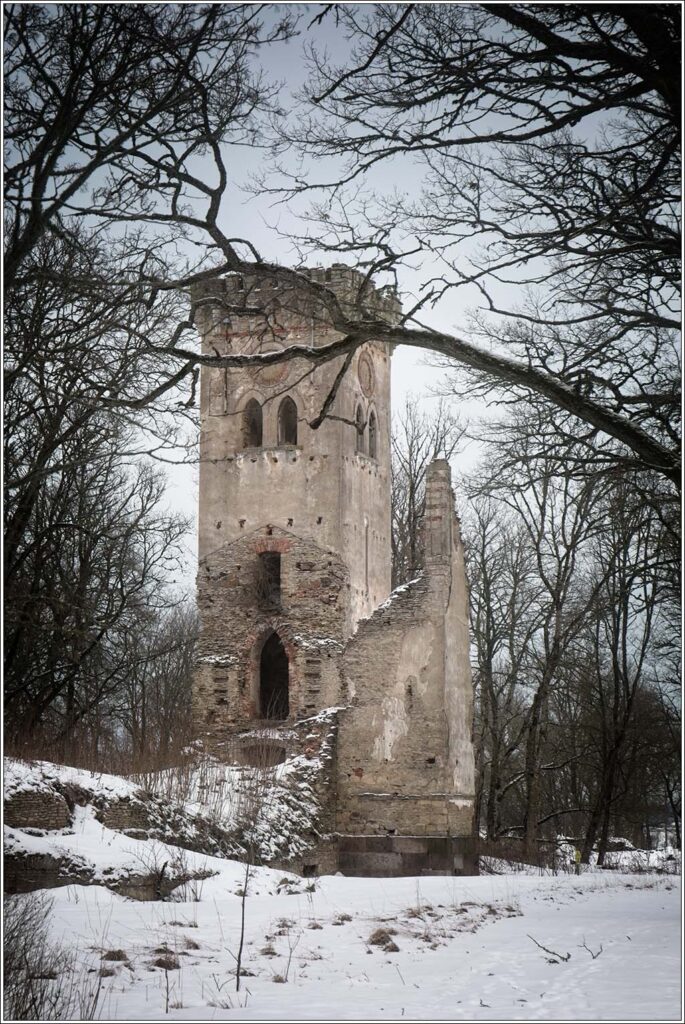
There is an even more easterly route known as the Onion Route, that runs from Tartu north along Peipsi Lake and definitely warrants exploration. Once the snow has melted and day time temperatures climb out of the 30’s, a three to four day motorcycle trip is most definitely on the agenda.
Narva
Narva was cold. Several degrees colder than at home. And very windy. There was a good bit of snow on the ground with more to come over the next two nights.
I found a place to stay online – a renovated apartment in an old Russian block building. Many have not been updated since Estonian independence in 1991 – large rectangular grey buildings built of cinderblock or brick, with brown metal doors containing dozens of small (usually one room) apartments. They resemble a prison block more than an apartment block where many families still share a single room. These buildings have always fascinated me and I was happy to finally be able to stay in one even if it had been completely renovated.
The city itself is largely the same as it was seven and a half years ago when Linda and I visited the first time. Many of the buildings that were in disrepair or abandoned in 2017 are sadly in the same state in 2024. The promenade along the river, however, has received a complete overhaul and meanders for about 1 km along the west bank of the Narva River from the upstream railroad bridge to a large bend in the river several hundred meters downstream of Narva Castle. I took numerous delightful, albeit cold, walks on the promenade over the course of three days.
There is a lively street art scene in Narva which even boasts an 18.0 km end to end walk highlighting some of the best works. While I only made it to a fraction of them, a small sampling of the street art I came across:

